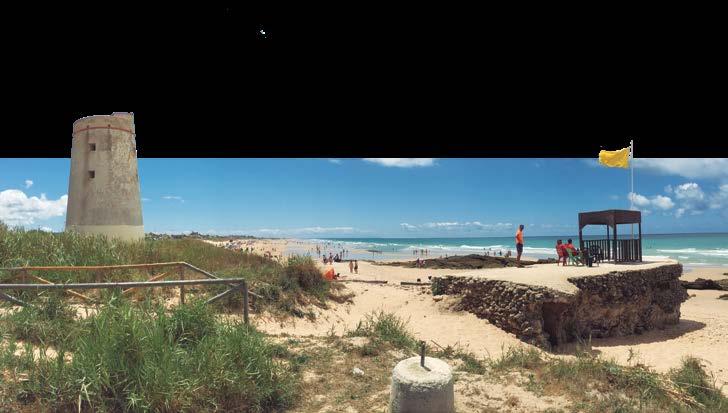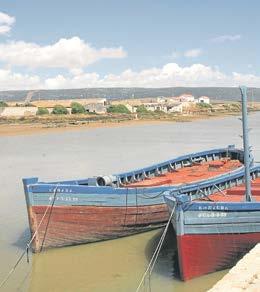
2 minute read
BALLAST FOR BACALAO
ON the surface of things, there is nothing to connect the Norwegian landscape with Spain. It couldn’t be more different: Norway, stretching north above the Arctic Circle, is a country of steep rock cliffs and deep fjords created by glacial erosion.
The country is synonymous with waterfalls, glaciers and fjords, along with perpetually misty mountains and copious amounts of rain and snow. Yet there is a part of these lands – albeit a very small part – that will remain forever Spanish.
Allow me to explain:
Norwegian shipping statistics show there was a constant flow of ships with vast tonnage leaving the ports of Norway for the Iberian Penin-
You don’t have to be in Spain to stand on Spanish soil, writes Jack Gaioni
sula between 1830-1900. They carried full cargos of lumber, ice and salted cod or bacalao. This export was very profitable but there was little Spanish cargo to load for the return trips back to Norway. Some grains, olive and wine products were sent north but demand for these products was low.
Given the weight of their rig and sail, the Norwegian sailing ships needed ballast once they were emptied of cargo. The process of ballasting involves loading heavy material into the bilge of the ship to give it stability and balance. The Norwegian shipmasters filled up with Spanish soil, and brought massive amounts of it back to Norway. ‘Ballast places’ were established along the Norwegian coastline, and Spain’s soil was subsequently put to good use. There was little topsoil around the rocky fjords, so much of the Spanish ballast soil was used as ‘fill’ in the construction of streets, parks, gardens and quays. In the port cities of Fredrikstad and Oslo, huge quantities of ballast soil was used to increase the size of the harbours. Some soil was sold for profit.
In a few instances, the soil was deposited in cemeteries to provide sufficient depth for proper burials, as was the case in Alesund, a coastal port just south of the Arctic Circle. According to local folklore, there’s a saying that to be buried in the Alesund Church or in the nearby Borgund Kirke Cemetery, is to be ‘buried in Spanish soil’.
Deposito
Whereas Spanish soil may have changed the Norwegian landscape in a very small way, the exported cod changed Spanish culture. While it was a longstanding Catholic tradition not to eat meat on certain days (for example, Fridays during Lent), eating fish was encouraged.
The rise in the consumption of fish since the 18th century has been exponential, and Norwegian cod has gone a long way in meeting this demand.
Bacalao is now a well-established part of Spanish gastronomy. Ask anyone who has spent time in Spain for an opinion on it, and you’re likely to get a passionate response. Visit Alesund and anyone their opinion on being buried in Spanish soil, and … well, they’re sure to remain silent on the subject.






